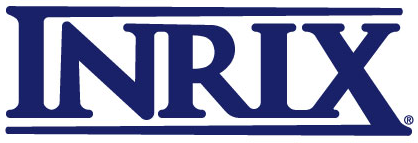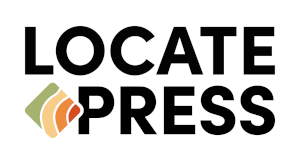🗣 Talk
Using R Markdown to create self-documenting research reports, including geospatial analysis and tabular, graphical, and map outputs, Slides
Bezos (G04 on the first floor)
Phil Hurvitz, UW CSDE
Phil Hurvitz is a research scientist at the UW Center for Studies in Demography and Ecology (CSDE), where he directs the UW Data Collaborative, consults for CSDE affiliates and students, and works on a variety of extramurally funded research projects. Phil hods a PhD in urban design and planning from the UW and does. research on the relationship between built environment and health-related behaviors using objective data and open-source tools, focusing on reproducibility and transparency.
This presentation will explain and demonstrate the use of R Markdown to create self-contained HTML files containing code and results of geospatial analyses done within R and PostGIS. We will cover the basic parts of the R Markdown RMD (source code) format and how to generate the HTML, and including tabular, graphical, and map outputs (using Leaflet). The session will include a brief lecture followed by a live demonstration. This follows on previous sessions from 2011 ("R, PostgreSQL, and PostGIS: Techniques for Processing Large Data Sets" ) and 2012 ("R, PostGIS, and Sweave: Reproducible Research" ).










